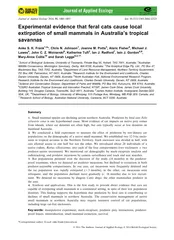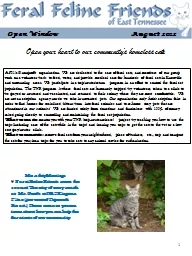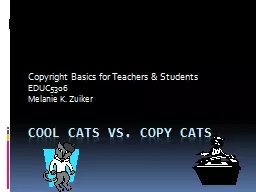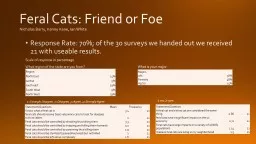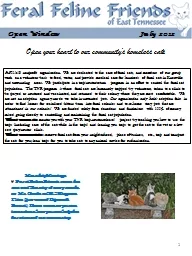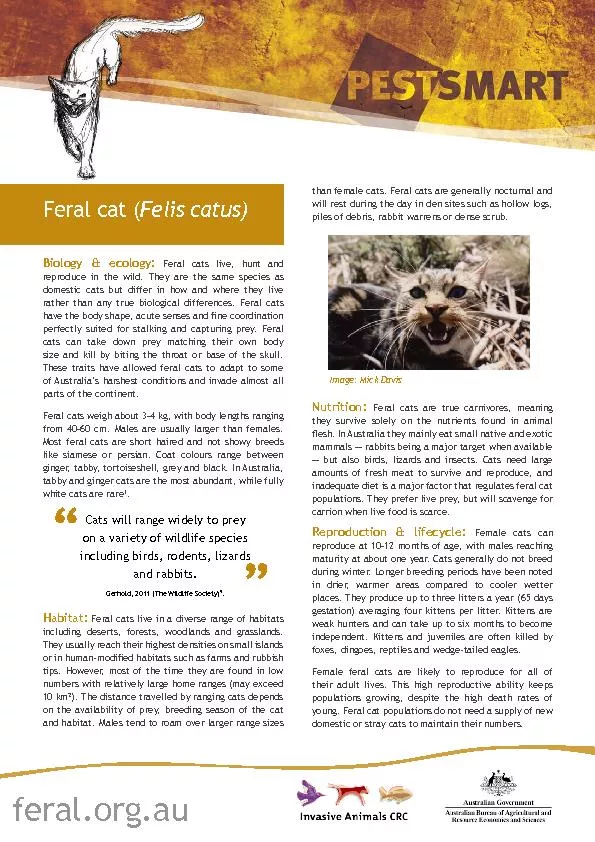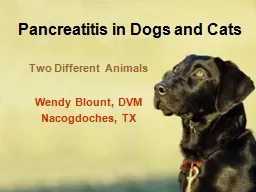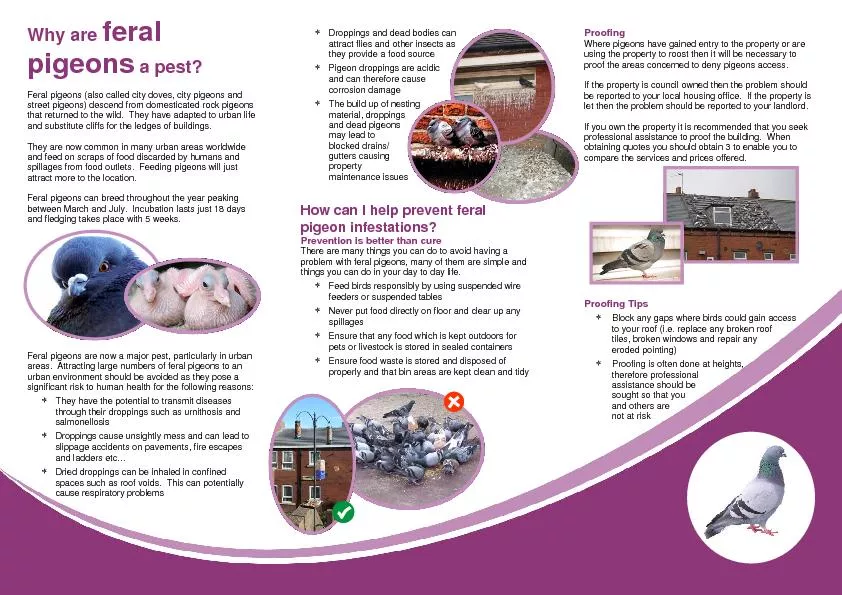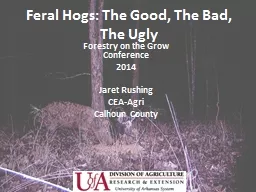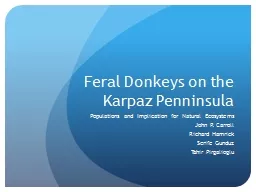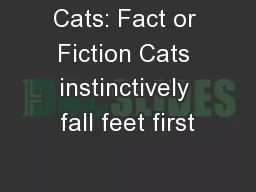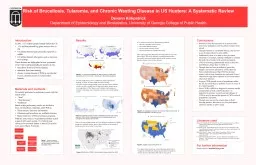PDF-Experimental evidence that feral cats cause local exti
Author : marina-yarberry | Published Date : 2015-06-15
K Frank 12 Chris N Johnson Joanne M Potts Alaric Fisher Michael J Lawes John C Z Woinarski Katherine Tuft Ian J Radford Iain J Gordon 89 MaryAnne Collis 10 and Sarah
Presentation Embed Code
Download Presentation
Download Presentation The PPT/PDF document "Experimental evidence that feral cats ca..." is the property of its rightful owner. Permission is granted to download and print the materials on this website for personal, non-commercial use only, and to display it on your personal computer provided you do not modify the materials and that you retain all copyright notices contained in the materials. By downloading content from our website, you accept the terms of this agreement.
Experimental evidence that feral cats cause local exti: Transcript
Download Rules Of Document
"Experimental evidence that feral cats cause local exti"The content belongs to its owner. You may download and print it for personal use, without modification, and keep all copyright notices. By downloading, you agree to these terms.
Related Documents

